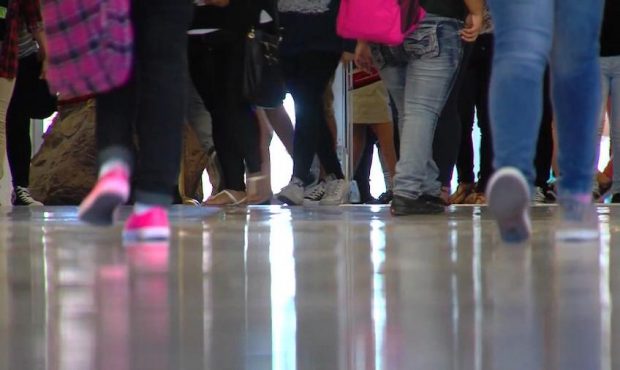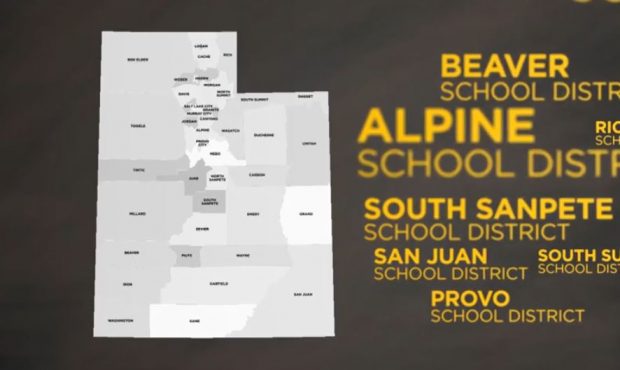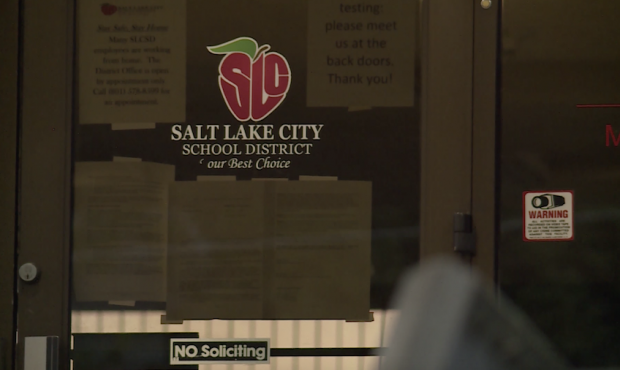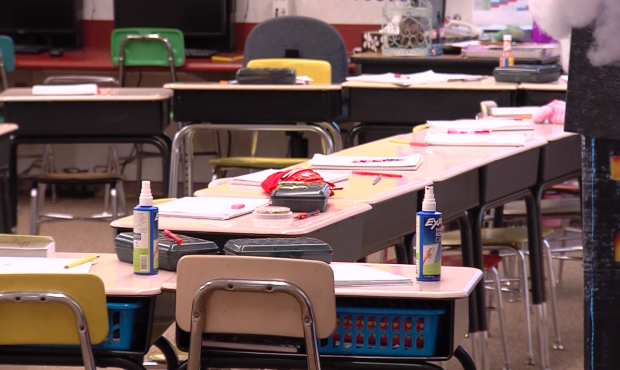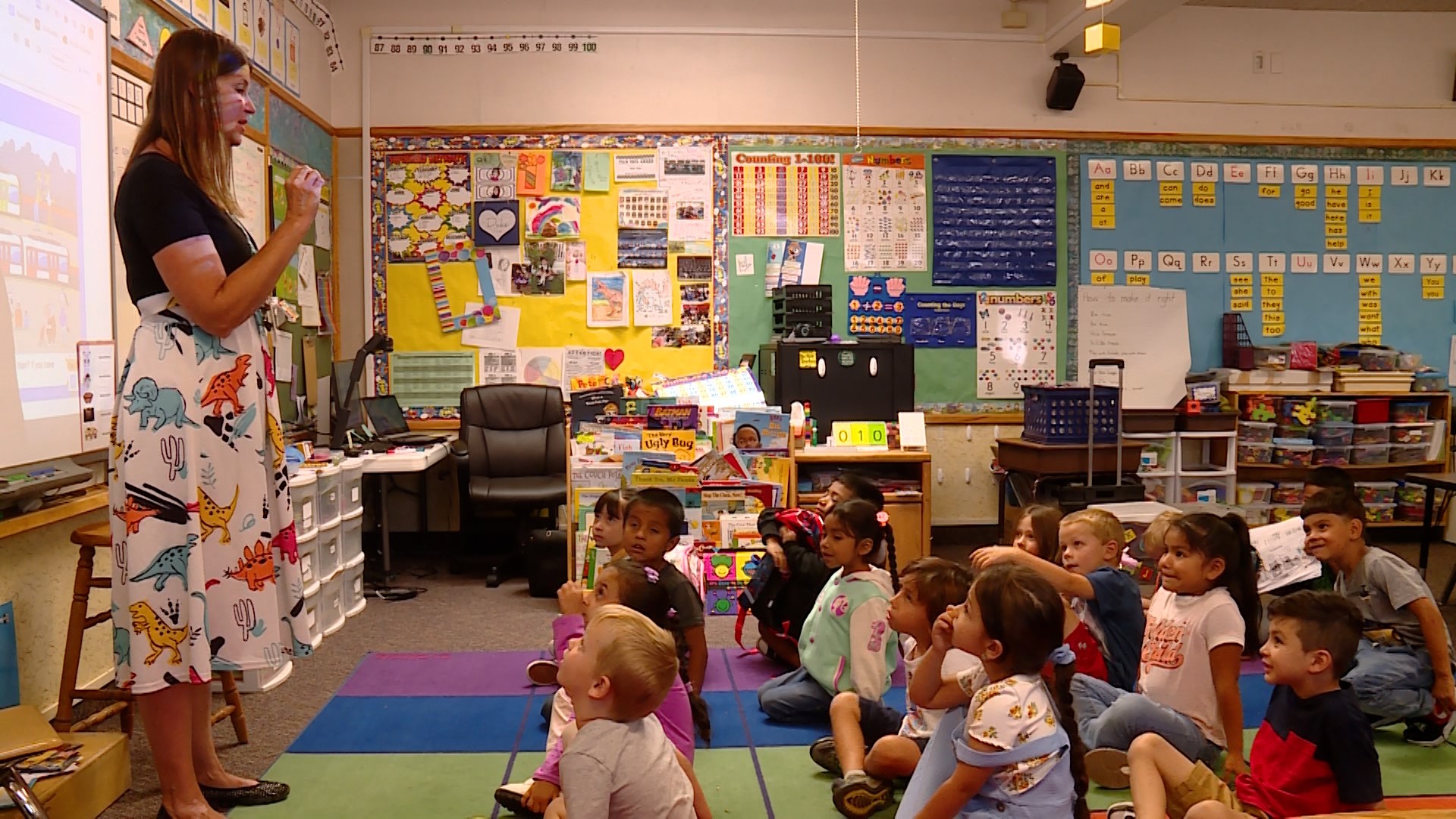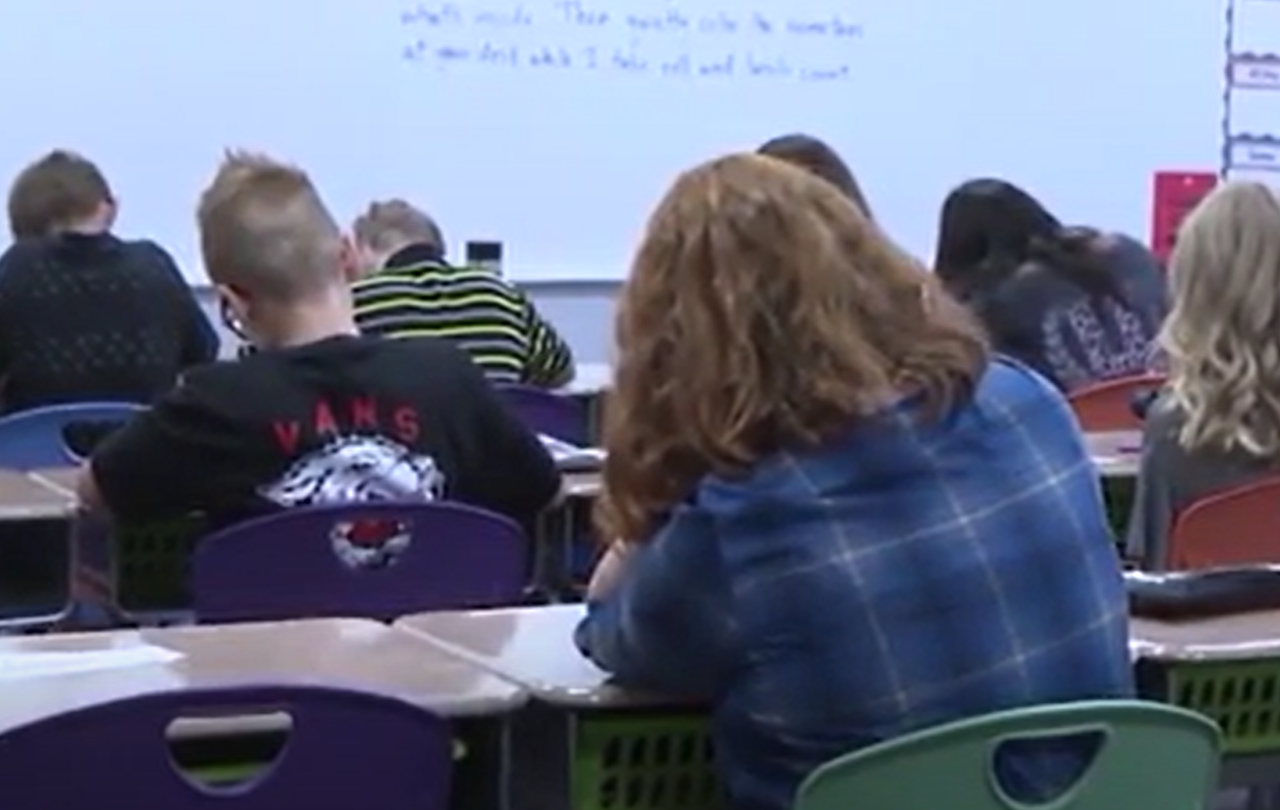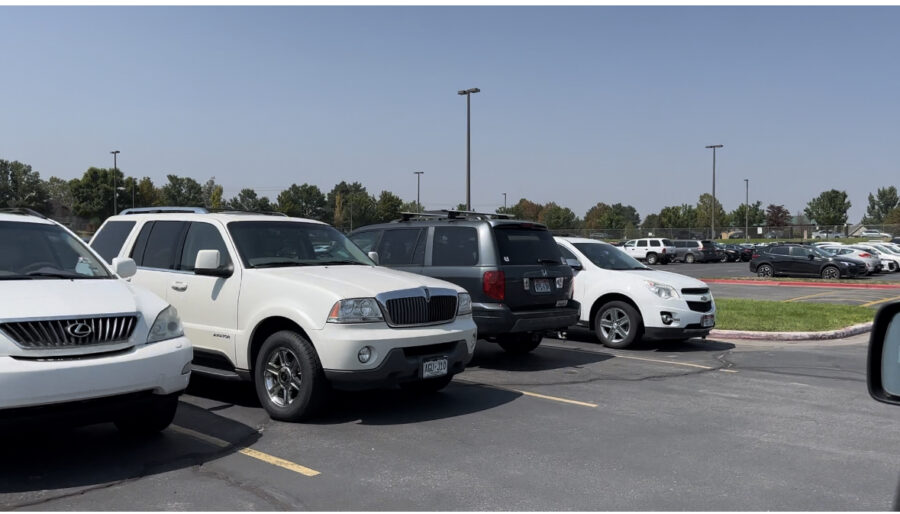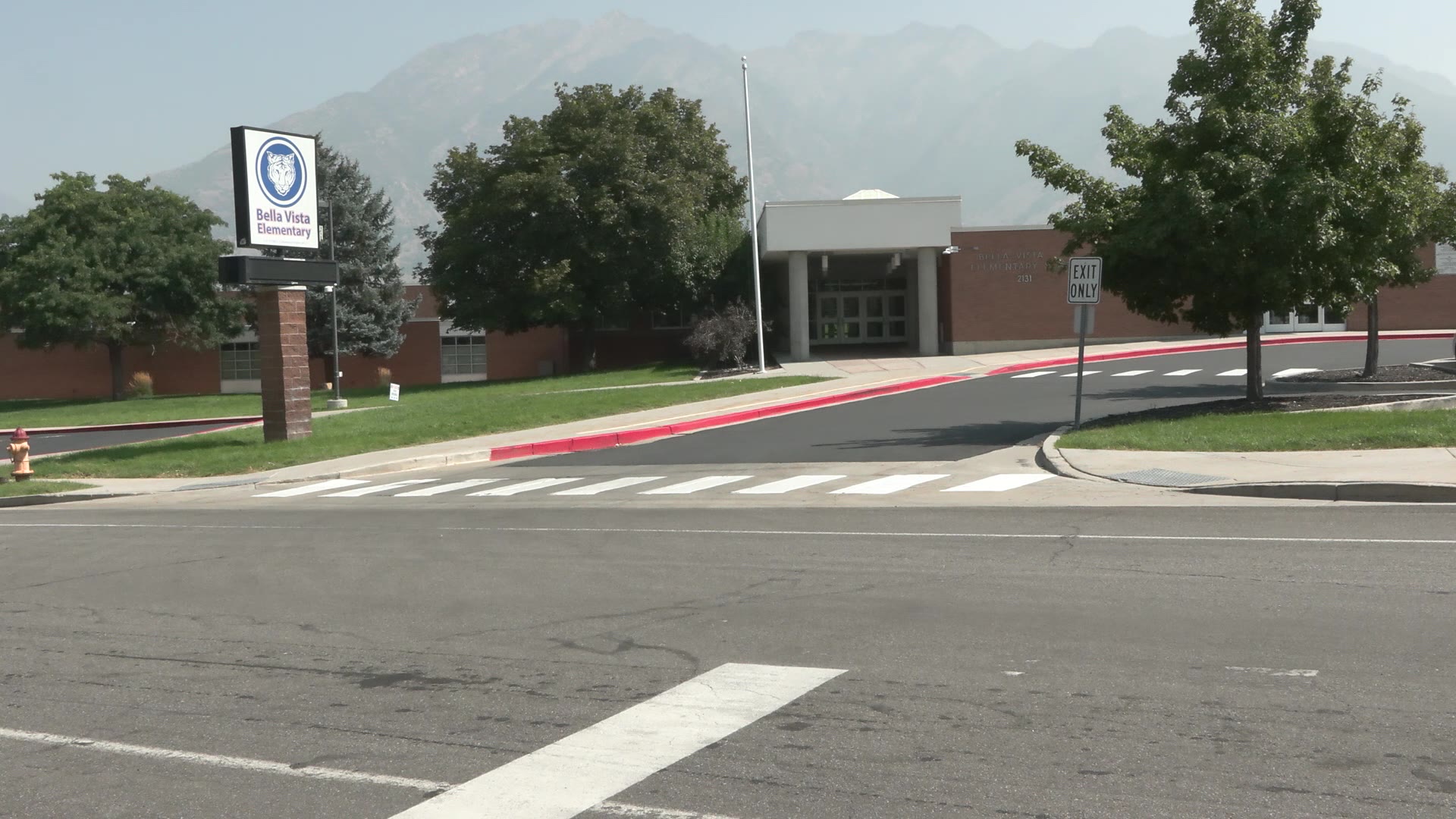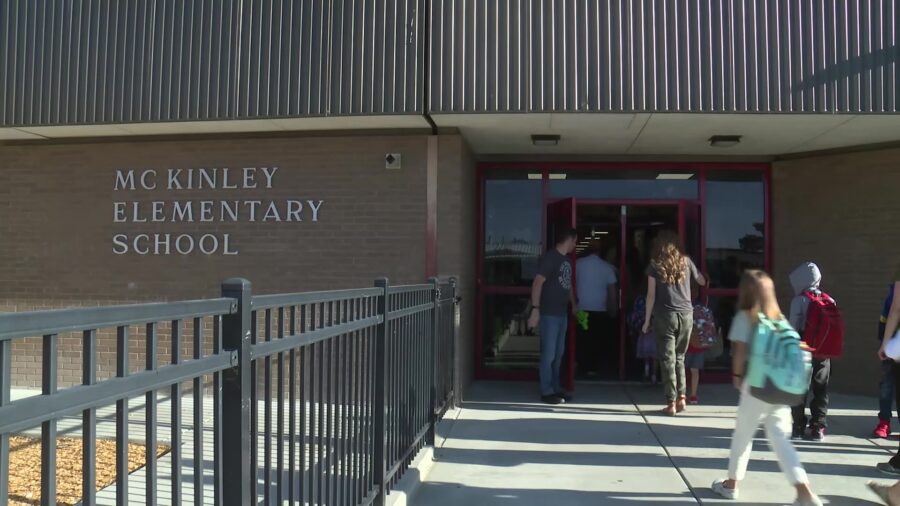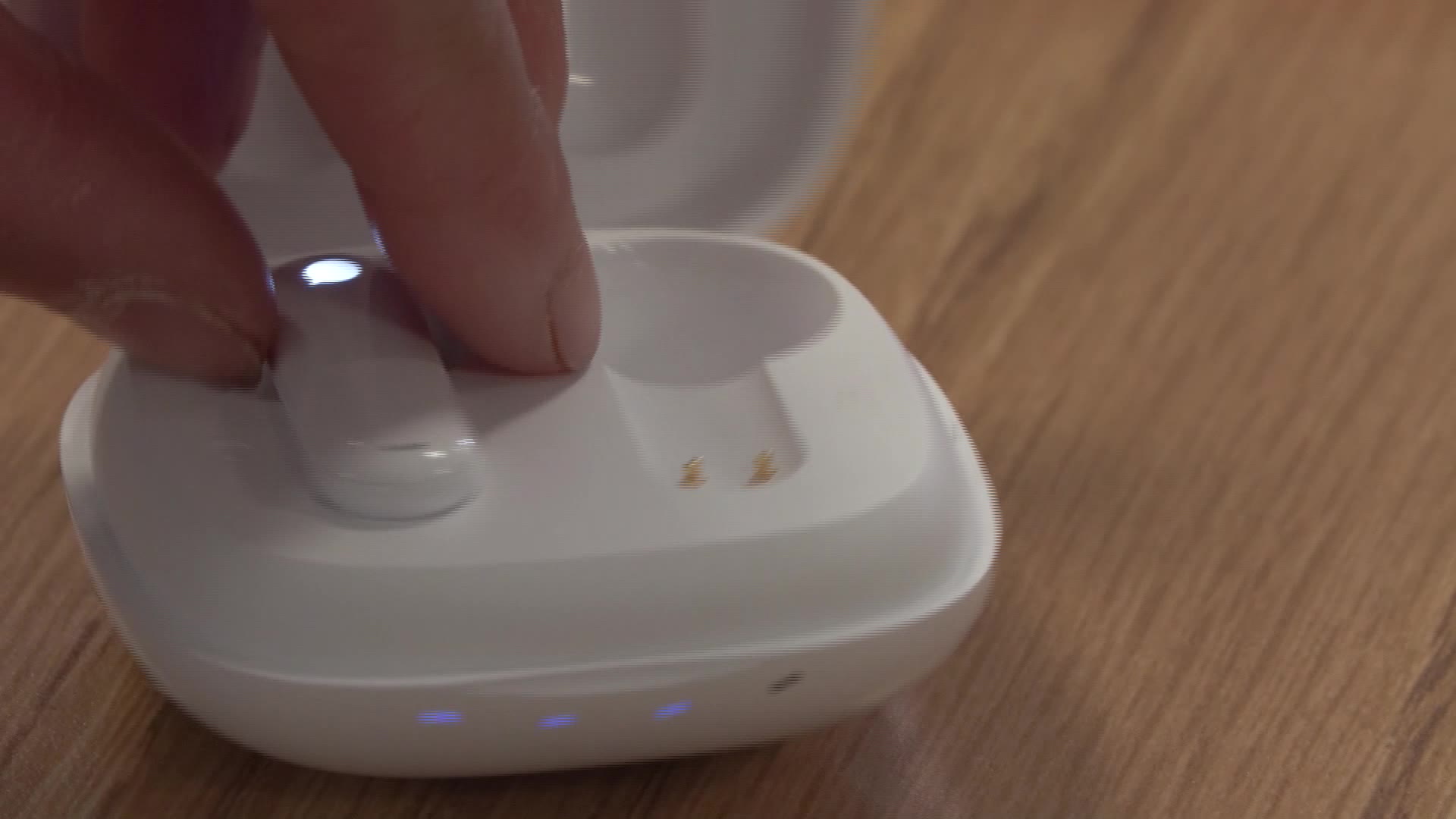Guidelines For Utah Schools Prompts Family To Rethink Sending Students Back
Jul 31, 2020, 10:46 PM | Updated: 11:24 pm
LEHI, Utah – Members of one Utah County family are rethinking their decision to send their children back to school after the state released its COVID-19 school guidelines, which include public health recommendations meant to protect students.
“We don’t know,” said Russ Fugal, a parent of three children attending school in the Alpine School District.
The district gave parents a choice to send their children back to the classroom with shorter hours, or to enroll them in remote learning. Like so many other families across the state, the Fugal family weighed the options and struggled to determine the best method for their children.
“What do we feel about them being exposed? What do we feel about them bringing it home? What do we feel about them potentially exposing their teachers,” are just a handful of the questions they asked themselves.
When the deadline approached earlier this week, they determined it would be best to have their children, who are enrolled in the Chinese immersion program, to return to the classroom.
“They really need to be in that class speaking the language for it to be a benefit,” he said. “I really want to send my kids back to school. They really want to go back to school.”
But their cautious optimism didn’t last. On Thursday, the state released its 102-page COVID-19 school manual to offer public health recommendations to help schools and parents make informed decisions to protect students.
“I have confidence that none of our health directors would feel good about a plan that doesn’t mitigate risk to the best of our ability,” said Sydnee Dickson, state superintendent of public instruction.
But the plan didn’t make Fugal feel good — particularly the guideline surrounding students who have come in contact with someone who has the virus.
“Well the biggest thing that caught my eye and frightened me was this idea of the modified quarantine,” he said.
State epidemiologist Dr. Angela Dunn explained, “this means that [students who have been exposed to someone with the virus] will be able to attend school if their parents would like them to, as long as they do not have any symptoms.”
“This is a process we have been using for essential employees throughout this outbreak and it has worked,” Dunn added.
But Fugal worries about the potential exposure to his children, and whether the school district will be notifying parents about students who have been exposed to the virus or who have tested positive.
“At least give us case counts,” he said. “At least tell me if my son who is going to class might have the potential to come into contact with someone who has been exposed to the virus so I can make a decision.”
Dunn said the standardized approach for a case investigation and an outbreak is to recommend that classes with three cases in one class go virtual for two weeks. They recommend an entire school go online for two weeks if there are 15 cases at one time or 10 percent of the entire school population has been infected — whichever number is lower.
“If it’s my personal decision on whether to send my kids to school, how do I know when to take my kids out of school?” Fugal asked.
But the state’s COVID-19 school manual isn’t the only thing concerning Fugal. He also worries about the attitude of other families in the district, who may not be as cautious in their approach to the virus outside of school.
“I want to trust that we as a community can come together and work together as a community to keep each other safe,” he said. “We got to come together and recognize that we have a responsibility to live as a community and to keep each other safe.”
Dunn also reiterated at the release of the school guidelines that, “the number one thing we can all do to make schools open safe and decrease the chance of outbreak in schools is to decrease our community spread. So we can all take that individual responsibility.”
She added that the reopening of schools “is going to be a dynamic process moving forward. It’s new for all of us. So, we do remain open and flexible to changing our strategy as we learn more.”

